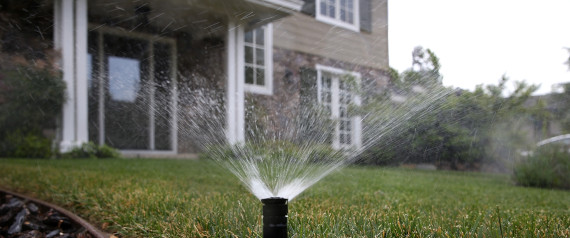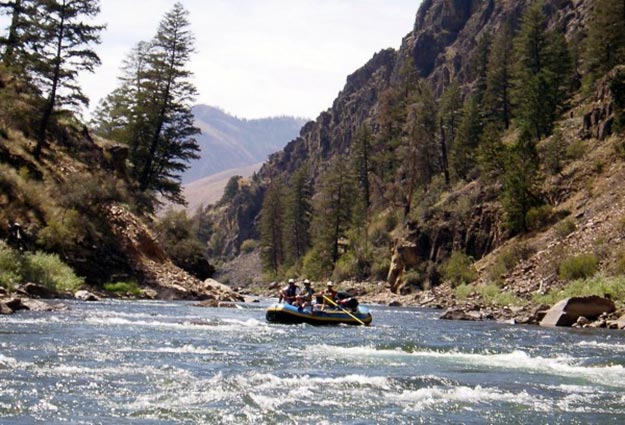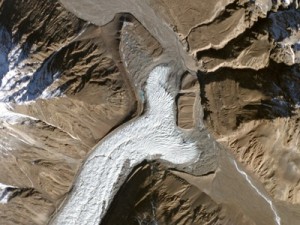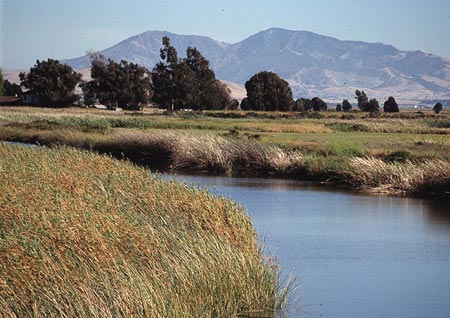Someday soon, cyclists might never again have to worry about running out of water on a hot and humid day.
A gadget created by Kristof Retezár, an industrial design student at the University of Applied Arts in Vienna, collects and condenses moisture from the air while a bicycle is in motion. It then fills up a water bottle attached to the bike frame.
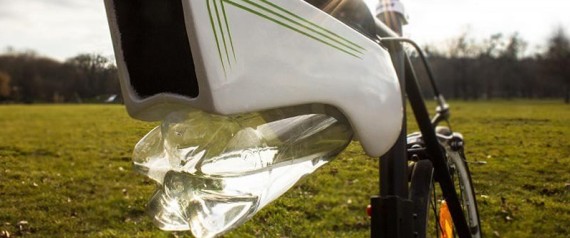 Named after the Roman god of wells and springs, “Fontus” uses the principle of thermoelectric cooling, in which an electricity-powered heat pump transfers heat from one side of a container to another.
Named after the Roman god of wells and springs, “Fontus” uses the principle of thermoelectric cooling, in which an electricity-powered heat pump transfers heat from one side of a container to another.
Fontus is still in the prototype stage. The design was recently a finalist for the 2014 James Dyson Award, an international design competition. Read more

